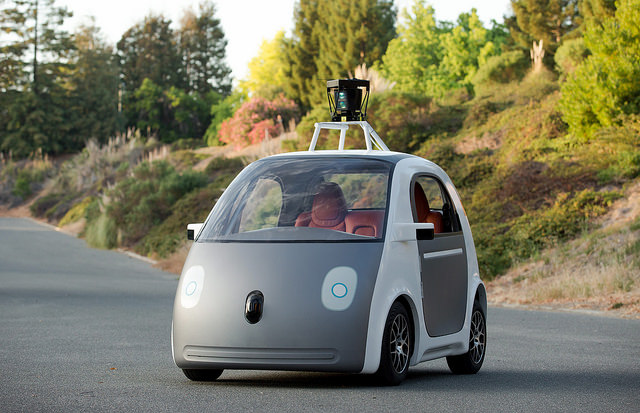Every year across the world about a million people are killed in automobile collision. In the US alone the figure is around 40,000 people. Add to that all of the people who are seriously injured and you can understand why Google is making the effort. Solving the problem of automobile accidents is one of the most pressing issues of our time.
Back in 2004, there was a car accident lawyer on every street. Millions of claims were filed each year, and literally billions of dollars were paid out by insurance companies. It was in that year, however, that the US Defense Advanced Research Projects Administration began a competition. The idea was that teams from across the world would try to make an autonomous vehicle. The vehicle would have to drive itself across the Mojave desert. And if it succeeded, the winning team would receive a prize of $1 million. That might seem small by today’s standards, but $1 million for an industry that hardly existed was a huge amount of money.
A handful of teams entered, but the exercise was a disaster. Most entrants failed miserably and crashed out. And nobody managed to grab the million-dollar prize. However, they didn’t give up and the next year they came back for more.
In 2005, there was far more success with five teams managing to complete the course. By the time of the 2007 DARPA Grand Challenge, an autonomous car from Carnegie Mellon managed to successfully navigate the track. They won first prize.
From that point, an interesting story began to develop in the world of autonomous cars. For years, people had been saying that autonomous cars couldn;t happen. They were a fantasy and not something to be taken seriously. That was because nothing could replace the human driver. Driving required intuition, they said, which was something a machine could never master.
But the inklings of intuition were there in the Carnegie Mellon car. So the story had to change. Perhaps machines could navigate the real world, but the equipment to make it happen was too expensive. The Carnegie Mellon car had cost something like $500,000 to fully kit out, so an autonomous car would never make it to market.
But guess what. The prices of computer equipment, software and sensors have all fallen. Google saw this trend early and realised that if current trends continue, by 2019 the overhead would be as low as $1,000. And that means that the car is marketable.
So the question is, whether an autonomous car can save us. I think that they answer to that question is yes. Now that prices have fallen and the concept is truly proven, getting the cars out on the road is merely an organisational problem.
That’s not to say that all the technological issues are solved. Google’s car still can’t drive in the rain or at night. But if history is any lesson, that’s no reason to suspect that those problems cannot be solved – and solved soon.
The prize? Ultimately, those in the industry predict a ten-fold reduction in the number of accidents, or about 900,000 fewer deaths a year. Not bad.


